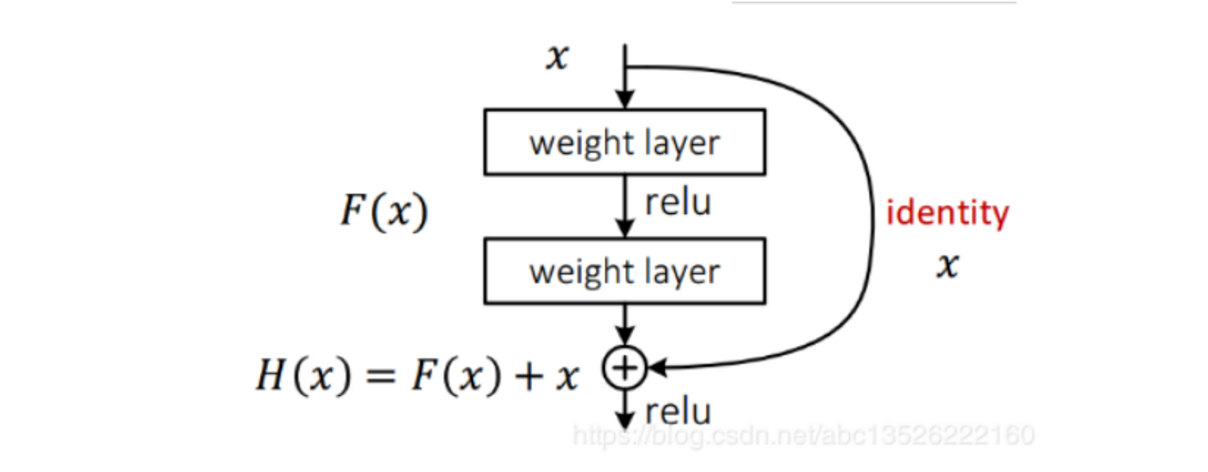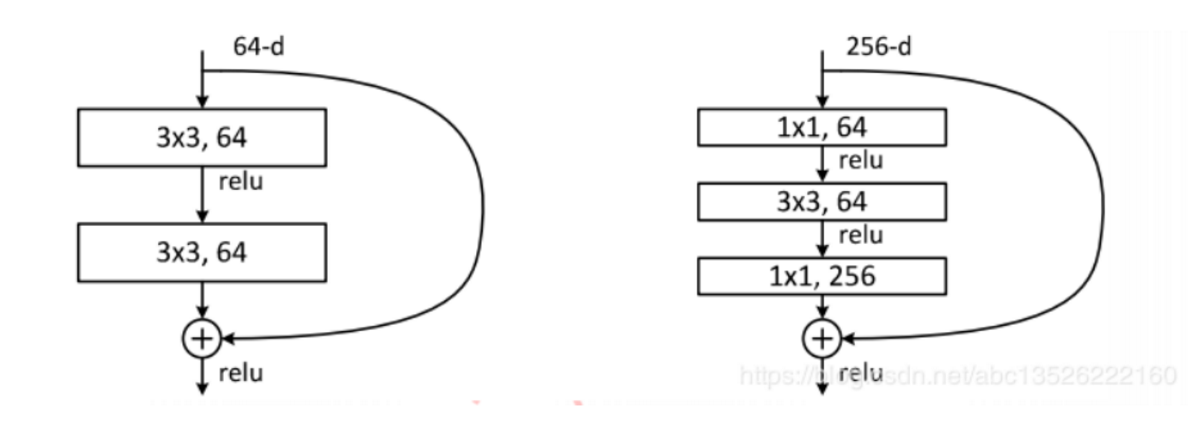1
2
3
4
5
6
7
8
9
10
11
12
13
14
15
16
17
18
19
20
21
22
23
24
25
26
27
28
29
30
31
32
33
34
35
36
37
38
39
40
41
42
43
44
45
46
47
48
49
50
51
52
53
54
55
56
57
58
59
60
61
62
63
64
65
66
67
68
69
70
71
72
73
74
75
76
77
78
79
80
81
82
83
84
85
86
87
88
89
90
91
92
93
94
95
96
97
98
99
100
101
102
103
104
105
106
107
108
109
110
111
112
113
114
115
116
117
118
119
120
121
122
123
124
125
|
import tensorflow as tf
from tensorflow import keras
from tensorflow.keras import layers,Sequential
class BasicBlock(layers.Layer):
#初始化函数
#filter_num:理解为卷积核通道的数目,也就是channel的通道数
#stride = 1意味着对图片不进行采样
def __init__(self,filter_num,strides=1):
#调用母类的初始化方法
super(BasicBlock,self).__init__()
#filter_num:卷积核通道的数目.(3,3):卷积核的size
#padding='same'如果stride等于1,那么输出等于输入。
#如果stride大于等于2的话,padding=same,会自动补全,
# 如果等于2的话,输入是32x32,可能输出是14x14,那么如果padding=same
#会padding输入的大小,使得输出是16x16
self.conv1=layers.Conv2D(filter_num,(3,3),strides=strides,padding='same')
self.bn1=layers.BatchNormalization()
#非线性激活函数
self.relu=layers.Activation('relu')
#那么这里设置stride=1,就始终保持一样
self.conv2=layers.Conv2D(filter_num,(3,3),strides=1,padding='same')
self.bn2=layers.BatchNormalization()
if strides != 1:
#下采样
self.downsample=Sequential()
self.downsample.add(layers.Conv2D(filter_num,(1,1),strides=strides))
else:
self.downsample=lambda x:x
def call(self,inputs,training=None):#前向传播
#[b,h,w,c]
out=self.conv1(inputs)
out=self.bn1(out)
out=self.relu(out)
out=self.conv2(out)
out=self.bn2(out)
identify=self.downsample(inputs)
output=layers.add([out,identify])
#使用tf的函数功能
output=tf.nn.relu(output)
return output
class ResNet(keras.Model):
def __init__(self,layer_dims,num_classes=10):
#layer_dims:resnet18里面有[2,2,2,2],也就是四个resblock
#这里指定了一共有多少个resblock层,每个层有多少个basicblock
#后面在设置blocks的数量的时候,就是用的这里的层的个数
#一个resblock里面包含了两层basicblock
#num_classes = 10:就是我们设置的输出的类的个数
super(ResNet, self).__init__()
#实现预处理层
self.stem=Sequential([layers.Conv2D(64,(3,3),strides=(1,1)),
layers.BatchNormalization(),
layers.Activation('relu'),
layers.MaxPool2D(pool_size=(2,2),strides=(1,1),padding='same')
])
#创建4个res_block
#这里blocks的数量是layer_dims[0]
#这里创建的四个res_block与前面的layer_dims:[2,2,2,2]对应
#将stride设置为2是为了让feature_size越来越小
self.layer1=self.build_resblock(64,layer_dims[0])
self.layer2=self.build_resblock(128,layer_dims[1],strides=2)
self.layer3=self.build_resblock(256,layer_dims[2],strides=2)
self.layer4=self.build_resblock(512,layer_dims[3],strides=2)
#out:[b,512,h,w]
#经过运算之后不能得到h和w的值,
#使用自适应的方法得到h,w
#GlobalAveragePooling2D:就是不管你的长和宽是多少
#会在某个channel上面的长和宽加起来,取均值
self.avgpool=layers.GlobalAveragePooling2D()
#创建全连接层
#这里的Dense是用来分类的,这里输出是之前输出的类别,num_classes
self.fc=layers.Dense(num_classes)
def call(self,inputs,training=None):
#完成前向运算过程
x = self.stem(inputs)
x = self.layer1(x)
x = self.layer2(x)
x = self.layer3(x)
x = self.layer4(x)
#这里已经变成[b,c]的shape,不需要reshape了
x=self.avgpool(x)
#这里输出是[b,100]
x=self.fc(x)
return x
def build_resblock(self,filter_num,blocks,strides=1):
res_blocks=Sequential()
#添加第一层basicblock
#可能有下采样的功能的
res_blocks.add(BasicBlock(filter_num,strides))
#但是对于后面的basicblock不让有下采样功能
#从1开始,一直到blocks个
for _ in range(1,blocks):
#这样只会在第一个下采样,后面的不在下采样,保持shape不变
res_blocks.add(BasicBlock(filter_num,strides=1))
return res_blocks
def resnet18():
return ResNet([2,2,2,2])
def resnet34():
return ResNet([3,4,6,3])
|

